Your cart is currently empty!
The Enigmatic Black Hero Calla Lily: Unveiling Its Secrets
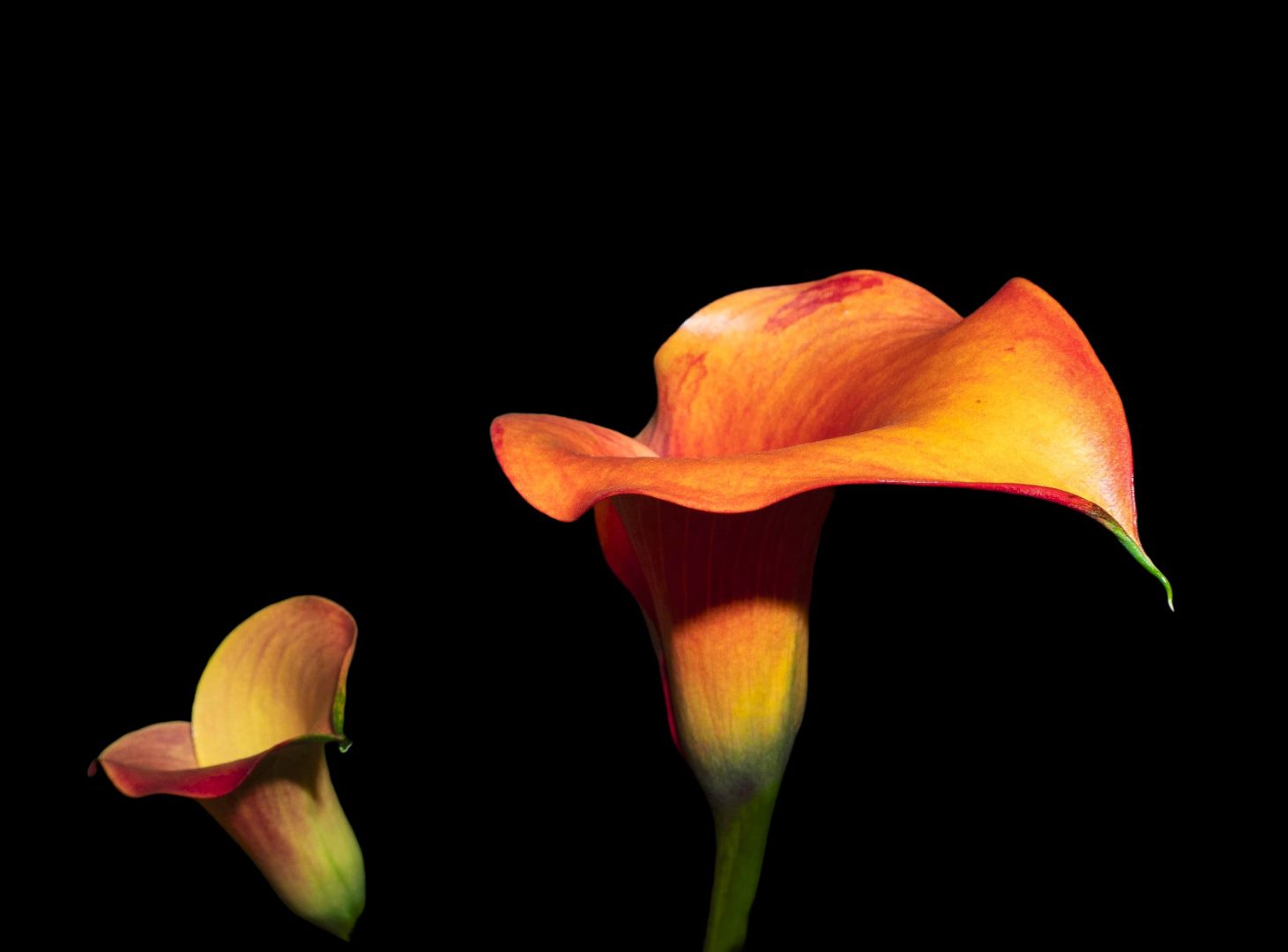
Introduction
Amidst a vibrant tapestry of flowers, the Black Hero calla lily stands as a striking and enigmatic masterpiece. With its velvety black blooms and elegant silhouette, this extraordinary cultivar has captured the hearts of gardeners and floral enthusiasts alike. In this comprehensive guide, we will delve into every aspect of this captivating plant, exploring its history, unique characteristics, growing requirements, and fascinating symbolism.
History and Origin
The Black Hero calla lily, a member of the Zantedeschia aethiopica species, is believed to have originated in the marshy wetlands of South Africa. It was first introduced to Europe in the 18th century, where it quickly gained popularity as an exotic and ornamental plant. Today, the Black Hero cultivar is widely cultivated around the world, captivating gardeners with its dramatic and unforgettable appearance.
Characteristics
Unique Bloom
The Black Hero calla lily is renowned for its distinctive black blooms, a rare and alluring feature among flowering plants. These blooms, technically known as spathes, are large, hooded structures that envelop a central spadix, creating a trumpet-like shape. The velvety texture and deep, rich color of the spathe give the plant an air of sophistication and mystery.
Foliage
Complementing the striking blooms are the Black Hero’s glossy, heart-shaped leaves. These leaves, which can grow up to 12 inches in length, are a vibrant green color with pronounced veins. Their arrow-like shape adds to the plant’s overall elegance.
Height and Spread
The Black Hero calla lily is a relatively compact plant, typically reaching a height of 18-24 inches with a similar spread. Its modest size makes it suitable for a variety of garden settings, from borders and containers to water features.
Growing Requirements
Soil
Like its wild ancestors, the Black Hero calla lily prefers moist, well-drained soil that is rich in organic matter. Amending the soil with compost or peat moss can help improve its fertility and drainage capabilities.
Light
This calla lily cultivar thrives in partial shade, receiving bright indirect light for most of the day. Avoid exposing the plant to direct sunlight, as this can scorch the leaves.
Water
The Black Hero calla lily has a moderate water requirement. Water the plant regularly, allowing the soil to dry out slightly between waterings. Avoid overwatering, as soggy soil can lead to root rot.
Fertilizer
To promote healthy growth and flowering, fertilize the plant every 2-3 weeks with a balanced fertilizer. A liquid fertilizer, diluted to half strength, is an effective way to provide nutrients to the roots.
Temperature
The Black Hero calla lily is not frost-hardy and prefers temperatures above 50°F (10°C). In colder climates, the plant can be grown as an annual or overwintered indoors in a bright, cool location.
Symbolism and Uses
Symbolism
In Victorian flower language, the calla lily symbolized beauty, elegance, and purity. The black variety, in particular, has been associated with mystery, intrigue, and sophistication.
Uses
The Black Hero calla lily is a versatile plant that can be used in a variety of garden settings and floral arrangements. Here are a few popular uses:
- Borders: The plant’s striking blooms and glossy foliage make it an excellent choice for borders, adding a touch of drama and elegance.
- Containers: Black Hero calla lilies are perfect for containers, bringing their sophisticated beauty to balconies, patios, and indoor spaces.
- Bouquets: The unique blooms of the Black Hero calla lily make them a sought-after choice for bouquets and floral arrangements, adding a touch of mystery and intrigue.
Conclusion
The Black Hero calla lily is a captivating and enigmatic plant that has captured the hearts of gardeners and flower enthusiasts alike. Its distinctive black blooms, elegant foliage, and unique symbolism make it a standout in any garden setting or floral arrangement. By providing the right growing conditions and care, you can enjoy the beauty of this extraordinary plant for many seasons to come.
| Aspect | Requirement |
|---|---|
| Soil | Moist, well-drained, rich in organic matter |
| Light | Partial shade, bright indirect light |
| Water | Regular, allowing soil to dry out slightly between waterings |
| Fertilizer | Fertilize every 2-3 weeks with a balanced fertilizer |
| Temperature | Above 50°F (10°C), not frost-hardy |
Disclaimer: The information provided in this blog post is for general guidance only and should not be considered as a substitute for professional advice. Always consult with a qualified horticulturalist or gardening expert for specific recommendations tailored to your climate and gardening conditions.


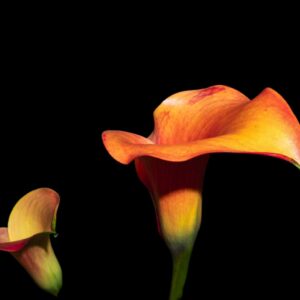
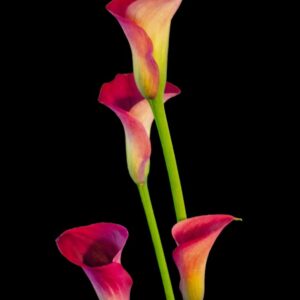
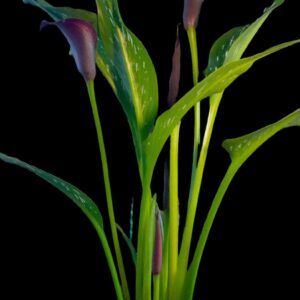

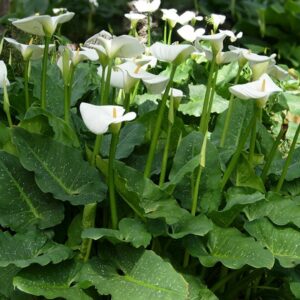
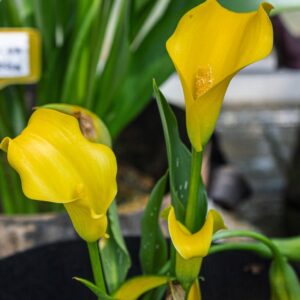
Leave a Reply